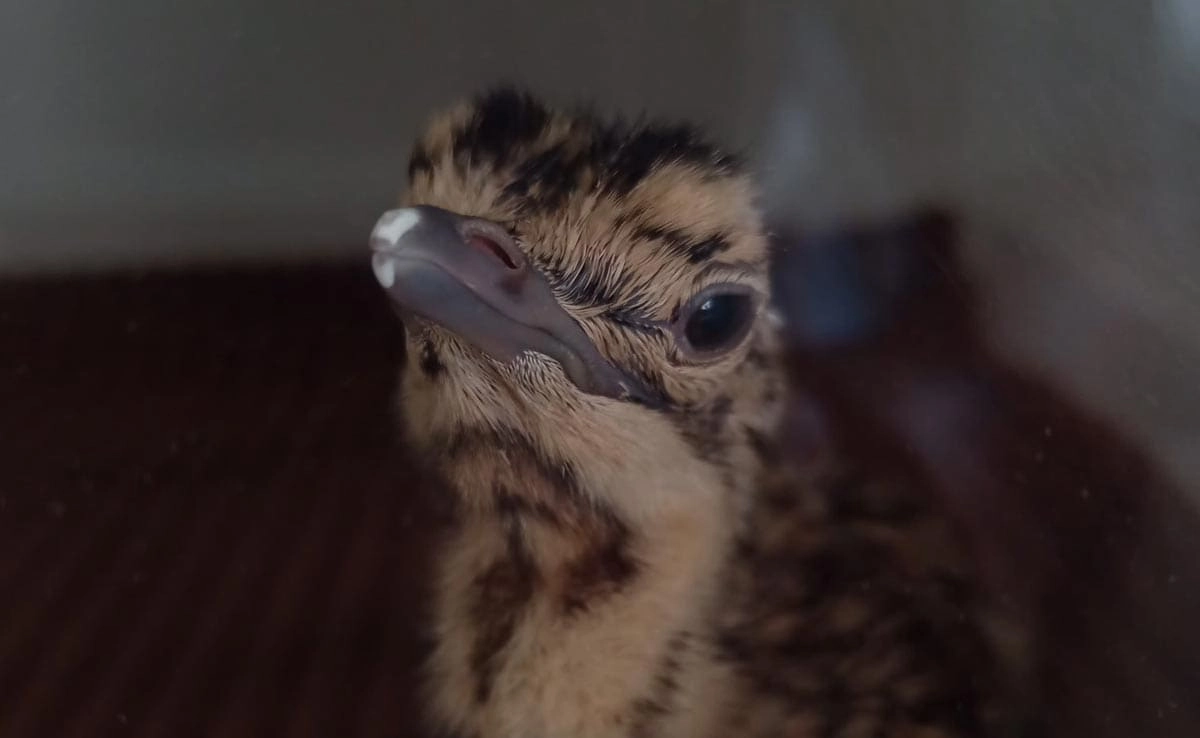The recent discovery of a Great Indian Bustard found dead inside a cage in Rajasthan has raised serious concerns among wildlife conservationists and environmentalists alike. The Great Indian Bustard, an iconic species native to the Indian subcontinent, is critically endangered, with its population dwindling due to habitat loss, hunting, and human encroachment. This particular incident not only highlights the urgent need for protective measures for this species but also underscores the broader implications of wildlife conservation efforts in India.
The death of this majestic bird in captivity raises questions about the conditions in which it was kept and the overall management of wildlife sanctuaries and conservation programs. The Great Indian Bustard is known for its vulnerability, and its presence in captivity suggests a failure in the protective measures intended to ensure its survival. The lack of adequate habitat, coupled with the pressures of poaching and agricultural expansion, has contributed to a rapid decline in their numbers, making each loss particularly poignant. This event serves as a wake-up call for authorities to reassess their strategies and implement more effective conservation practices.
In addition to the immediate concerns surrounding the Great Indian Bustard, this incident highlights the broader crisis facing biodiversity in India. The loss of any species can have a cascading effect on ecosystems, disrupting natural balances and diminishing the health of habitats. The Great Indian Bustard is not just a bird; it is part of a complex web of life that contributes to the ecological richness of its environment. Thus, its demise is emblematic of the challenges faced by many species in India today. Moving forward, it is crucial for policymakers, conservationists, and the public to collaborate on sustainable practices that prioritize the preservation of endangered species and their habitats.
The tragedy of the Great Indian Bustard’s death serves as a poignant reminder of the fragile state of wildlife conservation in India. It calls for urgent action to strengthen protective measures, enhance habitat preservation, and ensure that wildlife sanctuaries are effectively managed. By prioritizing the conservation of this remarkable bird and other endangered species, India can work towards restoring its rich biodiversity for future generations. The fate of the Great Indian Bustard is intertwined with our own, as the health of our natural world ultimately impacts human well-being and the ecological balance we all depend on.




